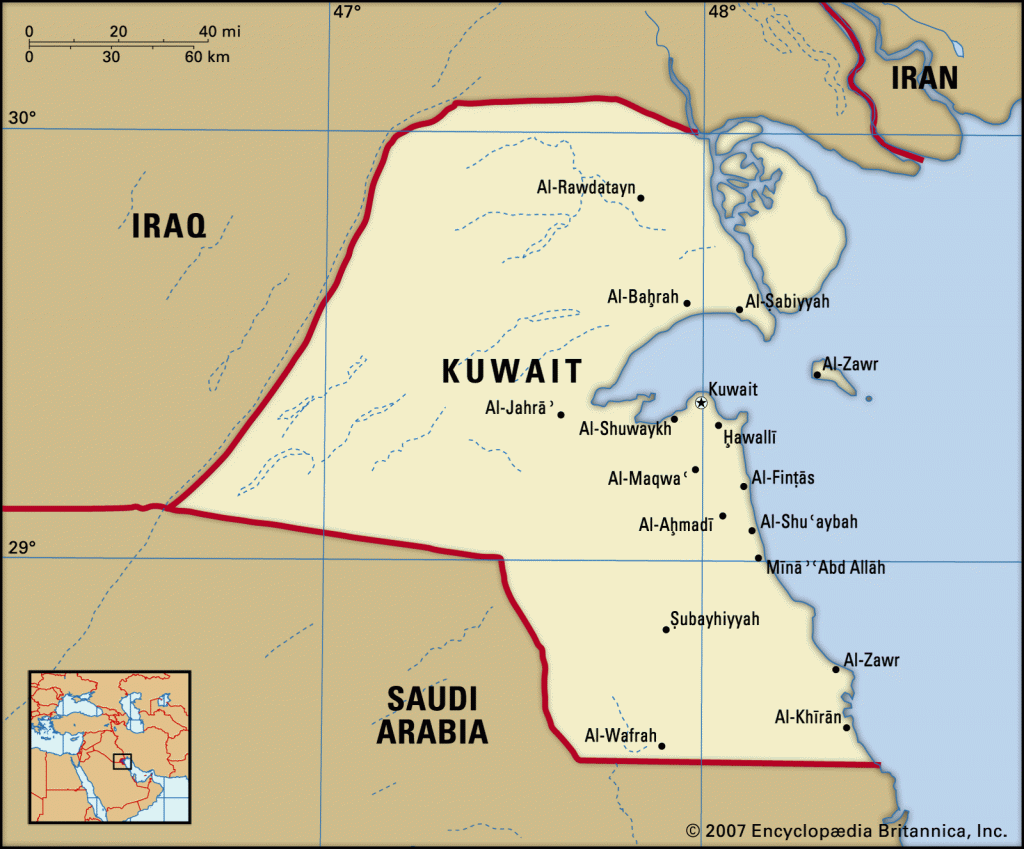
January 15, 16, 17 mark the start of the First Gulf War – 30 years ago. This is a timeline to the buildup
August 1990

On August 2, 1990 the leader of Iraq, Saddam Hussein unleashes an invasion of Kuwait, their next-door neighbor. Kuwait contains some of the most precious oil reserves in the world and is strategically located on the Persian Gulf where oil can easily be shipped out to the rest of the world.
Since May, Hussein had accused Kuwait and the United Arab Emirates of overproducing oil. In keeping with supply and demand, this caused oil prices to drop. Iraq, in Hussein’s eyes, suffered economically for this, losing money on the oil that it did export. The Iraqi oil exports were much smaller than countries like Saudi Arabia.

President George H.W. Bush is immediately concerned that the Iraqi Army may also proceed south into Saudi Arabia, widely considered the richest oil nation in the world.

Bush dispatches the United States Air Force and they arrive in Saudi on August 8. The next day, US ground forces enter the Kingdom of Saudi Arabia. King Fahd had a good relationship with the United States and welcomed the US forces with open arms.
Fall 1990
Throughout the Fall George Bush begins to build a coalition of nations designed to entice Hussein to withdraw from Kuwait. Governor Mario Cuomo of New York is heard to suggest the Saddam could be appeased with some concessions, “You could negotiate something that gets them out of Kuwait for the most part, leaves them maybe a little bit on the water, leaves them a little bit of the oil”.

Simultaneously, Bush employs Thomas Pickering, US Ambassador to the United Nations to work the UN Security Council to algin world sentiment against Iraq. On November 19, the UN Security Council passes Resolution 678, which authorizes the use of force to eject Iraq from Kuwait.
January 1991

Iraq had been given a deadline of January 15 to withdraw from Kuwait. In a last-ditch effort to keep the peace, Secretary of State James Baker meets Iraqi Foreign Minister Tariq Aziz in Geneva Switzerland. Iraq refuses to withdraw. Intelligence has bugged the pay phones in the lobby (this is pre-cell phone) and Aziz is heard to tell Saddam that James Baker’s manner indicates that America did not have the resolve to follow through with their threat of military action.

On January 12, Congress authorizes use of force to eject Iraq from Kuwait.
January 15 comes and goes, and Iraq remains in Kuwait. At the time, Iraq had the fourth largest Army in the world.
Desert Storm

On January 16/17 the United States led coalition switches from Operation Desert Shield (Goal: Keep Iraq from further invasion) to Operation Desert Storm (Goal: Remove Iraq from Kuwait by force).
For the next 38 days the United States and the coalition forces put on an aerial masterpiece designed to dismantle the Iraqi military before ground troops move on. It is this aerial scenario which will be reviewed over the next few weeks.

